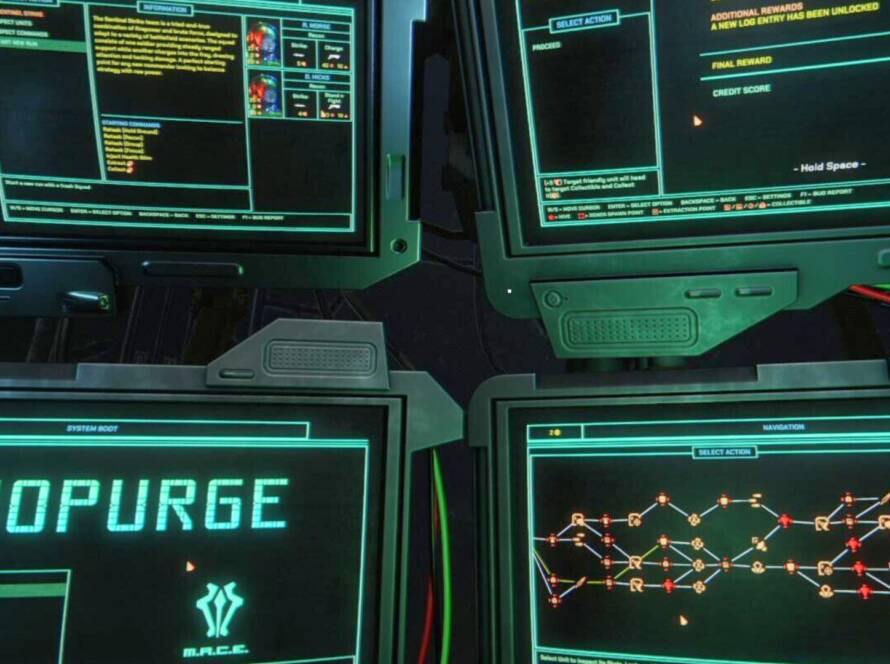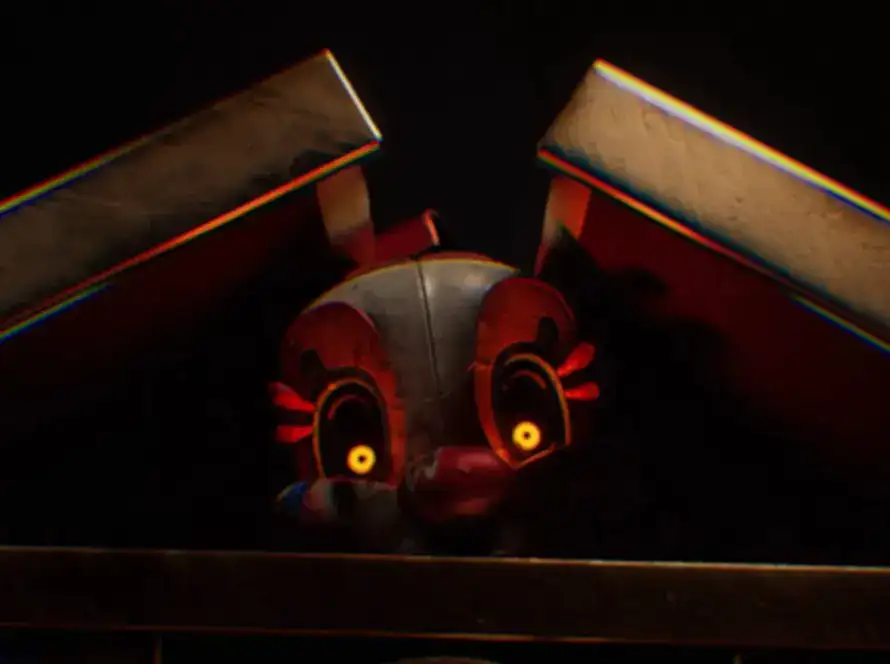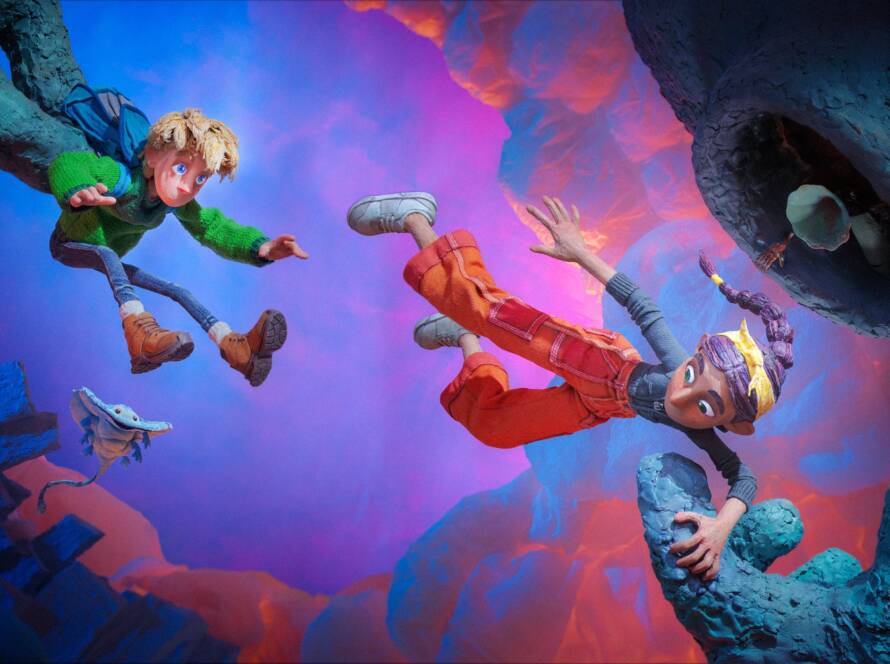I’ve seen Of Ash And Steel being hyped everywhere on Youtube, as a new RPG mixing the Gothic Series with The Witcher and some sprinkle of Dark Souls.
But what I was able to play was actually quite far from this whole description.
So let’s talk about it!
I got to play a playtest preview build with very limited amount of content, but enough to get a feel of the game. And although I found a bug-ridden clunky mess of a game, I can’t say I didn’t feel something.
I ran into plenty of bugs. Duplicated sounds, wonky AI, UI issues, and so much more.
But weirdly enough, it still kept pulling me back in. There’s just something charming about how unpolished but honest it feels. If anything, and despite all its flaws, I still found myself wanting to play more.
But let’s start from the beginning!
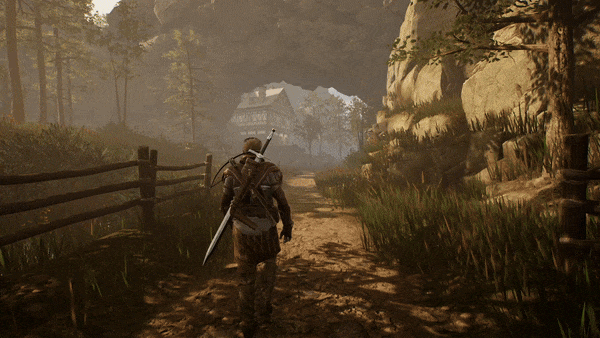
Of Ash of Steel is clearly a labor of love, by a team that wanted to created a really grounded 2000’s old-school RPG experience, with a big emphasis on immersion.
The game feels ‘heavy’ to play for the lack of a better term, and you’ll have to take care of your health, your hunger, your thirst and minor injuries that could add up to serious injuries, leaving you with serious handicaps, most notably during combat.
And that sentiment of bare realism is with you from the start!
Movement is slow, combat is not what I would consider as methodical, but there’s definitely a slower-paced aspect to it, and characters and their dialogues are somewhat credible.
And in the same push for immersion, the developers do without what most newer RPG’s have. There’s no minimap, no quest marker, it’s just you, your journal, and a simple compass to give you an idea of where’s North and that’s it!
And I got to say, I didn’t realize how much I missed that in RPG’s. It just made the world more consequential, and exploration so much more rewarding.
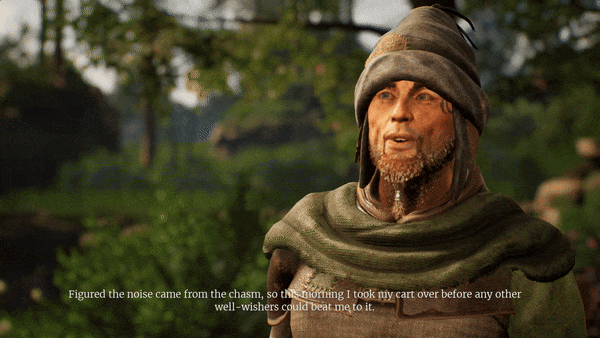
One thing I would have loved to see though would be a shortcut for the journal, as I feel you’ll need to reference it often to check the progress of a quest, or to know where to go next and what to look for. But all in all, these changes to get closer to something like the old Gothic series were really positive for me.
It’s really a love-letter to what some of us have played in the past. There’s a lot of talk about old-school RPG feeling, and without a doubt I haven’t felt this way for a while, maybe even since my last playthrough of Gothic 3 almost 15 years ago. But that’s not all they’ve rolled back from modern RPG’s.
They also got rid of the level-scaling systems that you can find in most RPG’s nowadays, while still letting you go wild and explore the world without hindrances. This change means that we’re back to the classics again, where you won’t really be able to explore all zones from the get-go, as some monsters might be way too hard to tackle early on. And since combat is quite “clunky” from what I experienced, pure skill won’t be enough to dispatch these.
There are pros and cons to level-scaling, but in this game, it does serve well the whole realistic and grounded formula the devs were shooting for. As for crafting, it’s also an incredibly important part of the game. Whether you need to create potions, bandages, cook food, or craft new gear, the game got you covered, with both a lot of recipes, and crafting skill trees to improve.
Overall systems work well, and I don’t have much to complain about.
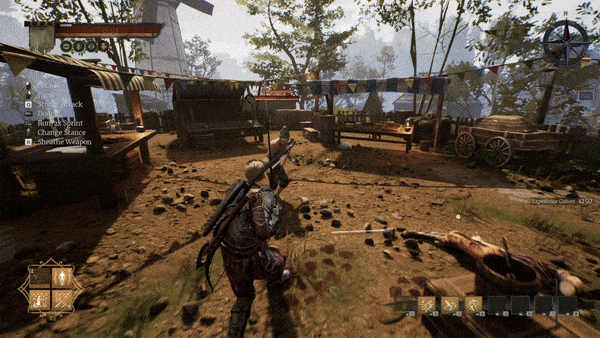
The game is powered by Unreal Engine 4 which came out in 2014, and that’s… kind of the best way I can describe the graphics here. It feels like a game that would have come out 10 years ago, and it would not have been groundbreaking even at the time. And even though it seems they’ve made some great improvements to how the game looks, especially on the environment or lighting, the worst offender is the characters and their animation.
The models aren’t great to say the least, and their facial expressions are rigid. Now listen, I still want to give the developer some credit. This game is a massive undertaking: it’s a big RPG made by an indie studio and not a multi-million dollar company. And yes, you can see it and feel it. But for all of the negative points I laid out, and the massive amount of bugs I’ve encountered, there’s still something to look out for here.
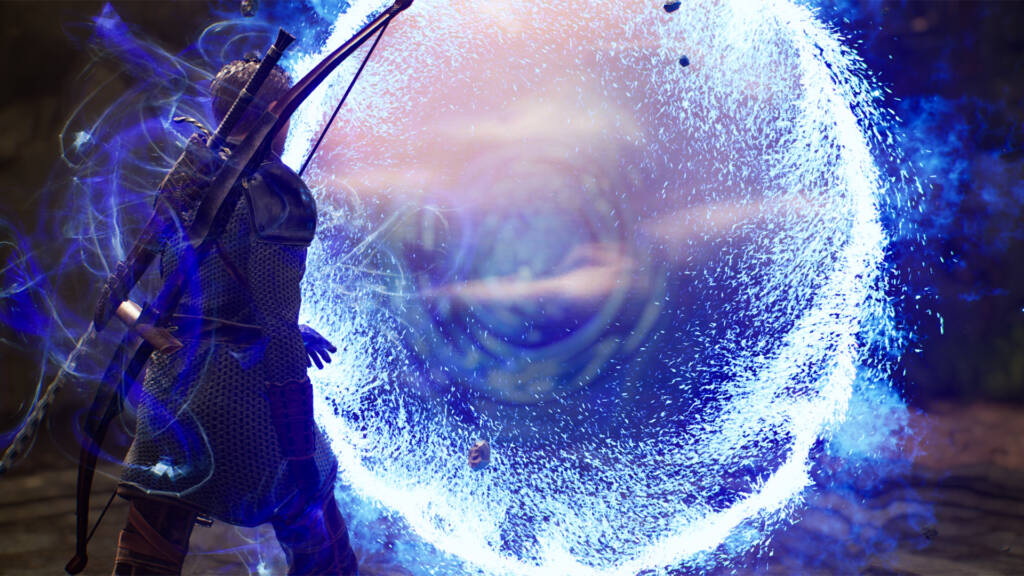
I’ve heard it was being compared to three games, Gothic, The Witcher and Dark Souls.
But to be honest, I almost didn’t feel any of these games here. Dark souls combat system is known for it’s ability to outplay but right now, the combat feels clunky, and blocking is hard to use as some enemies don’t have really a good way to telegraph their attacks.
Plus the timing for it is weird so there’s that.
On the build I was given, I got to fight mostly humans and big rats. And these rats were almost impossible to read, due to them not really showing their attacks in an way the you can parse and react. They barely lift their arm and just swipe… I feel like the game is lacking some kind of stagger mechanic to be honest.
But the rats again would just attack me during my attacks, which I get is something we see in other games, but usually on these other games we can still see that attack coming, and dodge or parry. But again since the attacks are not really telegraphed for some enemies, it makes it almost impossible to react. Add to that that the game is incredibly heavy, funnily enough in both the worst and best ways. Attacking takes out your stamina, and your attacks are really slow.
This adds to the clunkiness but it’s also going in the right direction for what the developers were looking for. If I had to guess, Dark Souls being mentioned is mostly to give an indication that the game is hard, but Soulslike are so much more than that I feel it’s not warranted here. I could see hints of The Witcher and Gothic in the combat system here and there, but again not really something I would compare the game to.
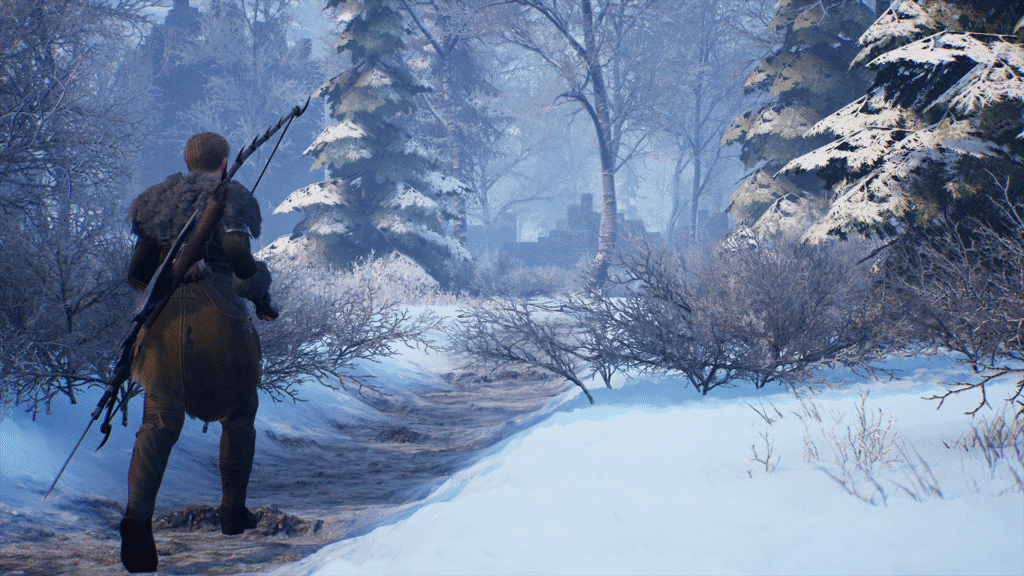
But where the combat goes wrong, the overall ‘feel’ or ‘experience’ just works.
The story is quite limited in the build I tested, but from what the developers told us, this is where I could see those comparisons work better. You can absolutely tell this is made by a group of die-hard old-school RPG fans. It’s the absolute baseline RPG experience, made with a lot of love, and it was still enjoyable.
I know this can seem like a contradiction, given all the negatives I laid out. But this is what makes it so engrossing: I still slowly felt like I was really in that world, and fully immersed, questioning if I should take that path on the forest everyone told me not to, or go see that weird thing in the horizon. This was still just a first look playtest version, and I hope the developers will finalize their vision, and squash the many bugs I’ve seen that kill that immersion that the team works so hard to build.
But if you love the Gothic series, and old-school RPG’s that don’t hold your hand and treat you like an adult, this was absolutely made for you! As for the comparison with The Witcher I could maybe lightly see it even though they’re not really comparable in terms of budget at all, so don’t expect miracles.
I’m extremely cautious on just fully recommending the game yet, because right now it has many problems.
But if you’re looking for a world to dive deep in, and you’re not too bothered by bugs, the outdated characters look and animations, or what seems like sluggish combat, I can confidently say you should give it a try whenever a demo comes out for it.
One important note though is that Gothic 1 Remake is coming out soon, and I feel this would probably be this game’s biggest competitor. But to be honest, if you like one, you’re likely looking to get the other one, because these kind of RPG’s are rare enough that it warrants going through both.
BIO
Co-owner of IndieCritical, I have made it my mission to spread indie games at scale, to help out the ones that do so much for our beloved medium.
Written by

Kevin Fernandes





